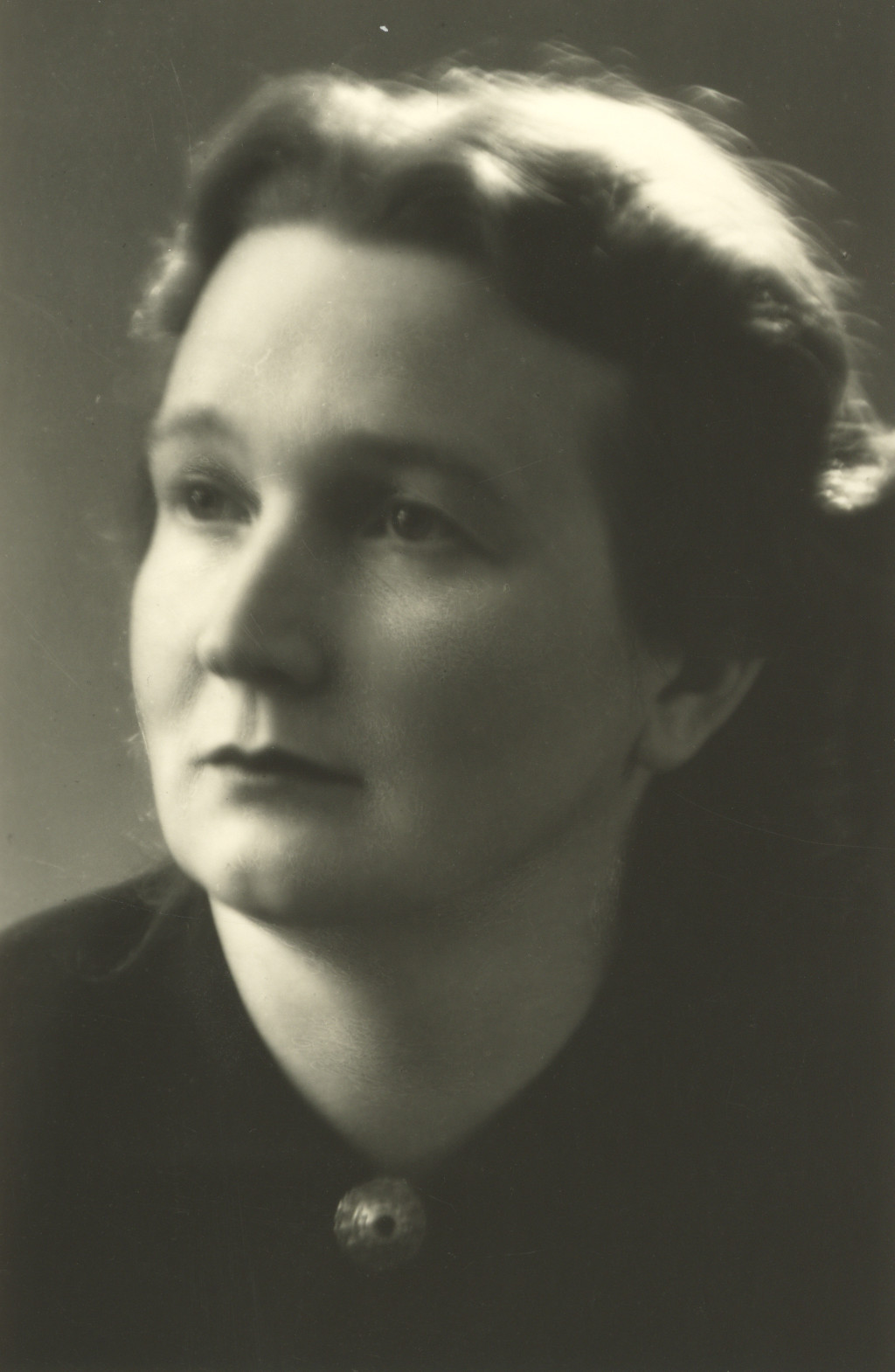
Silvia Rannamaa

Novels
Silvia Rannamaa (3 March 1918 – 19 April 2007) was an Estonian writer, known primarily for her novels for teenagers Kadri and Kasuema (‘Stepmother’).
Until 1940, she bore the surname Hyppönen, obtained from her Finnish father who held the position of a ship’s helmsman, then the surname Kulgevee of her first husband who died in the war. Later she was married to the writer Harald Suislepp. Born in the same year as the Republic of Estonia, Silvia Rannamaa studied at Tallinn Girls’ Commercial High School in 1932–1937 and at the Faculty of Philosophy of the University of Tartu in 1943–1944. Before becoming a writer, she worked as a telephone operator (1938–1943), an accountant (1944–1949), and a proofreader of the Rakvere newspaper Viru Sõna (1949–1950). She was a member of the Estonian Writers’ Union from 1964.
Her first creative work published in print was a children’s story published in the newspaper Säde in 1955. In 1958 and 1959, she won the second prize in the short story competition with the short stories Pahema jala päev (‘Left Foot Day’) and Ühes kupees (‘In the Same Compartment’).
The books that made Rannamaa famous are still on the mandatory/recommended literature list in Estonian primary schools and are loved by young people. These are the youth novels Kadri (1959) and its sequel Kasuema (‘Stepmother’, 1963) — a diary-based story about the schooltime and developmental years of a girl growing up without parents and studying in a boarding school. In an interview to Ilona Martson, a children’s literature researcher, Rannamaa said that the impetus for the story came from her high school literature teacher who talked about how to bring Andersen’s story The Ugly Duckling to life.
In 1985, Kasuema was made into the film Naerata ometi (‘Games for Teenagers’, directed by Leida Laius), which belongs to Estonian film classics. The story has also been staged at the theatre, and the book has been translated into many languages, including Russian, Latvian, Lithuanian, Slovak, Czech, Armenian and Georgian. Over decades, reprints of Kadri and Kasuema have also been published in Estonian again and again either separately or in one volume. According to the “100 best original children’s books of the century” survey, Rannamaa’s work shares the first place with Oskar Luts‘s Kevade (‘Spring’), Aino Pervik‘s Kunksmoor (‘Old Mother Kunks’) and Eno Raud‘s Naksitrallid (‘Three Jolly Fellows’).
Rannamaa has also written a collection of fairy tales for children, Nösperi nönni natuke (1977), and a collection of animal stories Väikese käpa jälg (‘Print of a Small Paw’, 1985), as well as plays, short stories and poems, and, in the last years of her life, two books of memoirs.
Although a beloved writer, Rannamaa, who came from a broken family, was rather modest by nature. In her own words, she dreamed of a big family but got only one daughter who needed lifelong care. Her mentally disabled daughter Rea died at the age of 61, 11 days after her mother’s death.
In 2006, Silvia Rannamaa was awarded the Order of the White Star, Class 4.
M. K. (Translated by I. A.)
Books in Estonian
Poems
Sinule, ema. Tallinn: Pegasus, 2006, 72 lk.
Children’s literature
Kadri. Tallinn: Eesti Riiklik Kirjastus, 1959, 172 lk; [Järgmised trükid: Tallinn: Eesti Riiklik Kirjastus, 1962, 168 lk; Tallinn: Eesti Raamat, 1965, 160 lk; Kadri/Kasuema. Tallinn: Eesti Raamat, 1970, 384 lk; Tallinn: Eesti Raamat, 1978, 375 lk; Tallinn: Eesti Raamat, 1984, 128 lk; Tallinn: Eesti Raamat, 1990, 384 lk; Tallinn: Steamark, 2002, 164 lk; Tallinn: TEA Kirjastus, 2010, 121 lk; Tallinn: TEA kirjastus, 2018, 128 lk; Tallinn: Rahva Raamat, 2022, 168 lk].
Kasuema. Tallinn: Eesti Riiklik Kirjastus, 1963, 289 lk; [Eesti Raamat, 1965, 288 lk; Kadri/Kasuema. Tallinn: Eesti Raamat, 1970, 384 lk; Tallinn: Eesti Raamat, 1990, 384 lk; Tallinn: Steamark, 2003, 342 lk; Tallinn: TEA kirjastus, 2010, 211 lk; Tallinn: TEA Kirjastus, 2018, 216 lk; Tallinn: Rahva Raamat, 2022, 360 lk].
Kui lapsed mõtlema hakkavad. Tallinn: Eesti Raamat, 1971, 144 lk.
Nösperi Nönni Natuke. Tallinn: Eesti Raamat, 1977, 104 lk; [2. trükk, Tallinn: Huma, 2001, 112 lk; 3. trükk, Tallinn: Hea Lugu, 2017, 104 lk].
Väikese käpa jälg. Tallinn: Eesti Raamat, 1985, 96 lk.
Memoirs
Maast madalast. Tallinn: Eesti Raamat, 1990, 160 lk.
Ja vaimuvara ka. Tallinn: Eesti Raamat, 1998, 240 lk.


